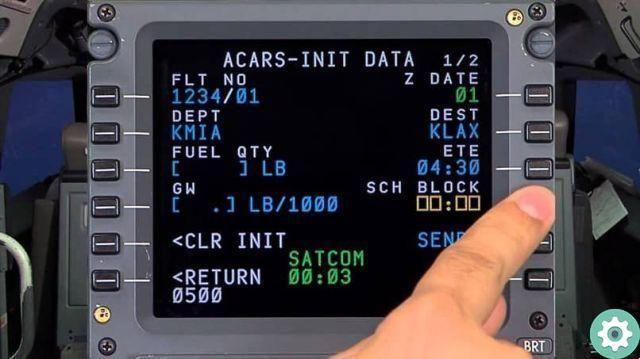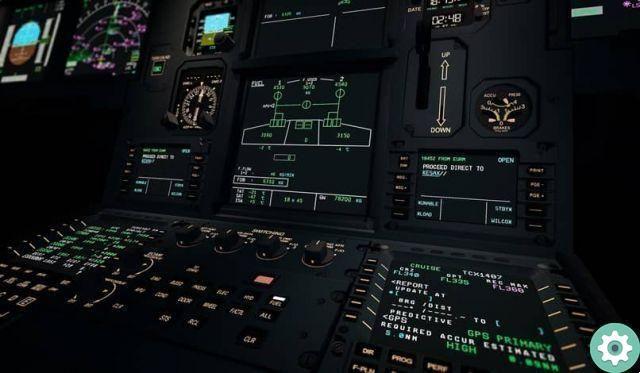As one of the greatest efforts to reduce the workload of all crew members and thus improve the integrity of navigation data in 1978, the Aircraft Communications Addressing and Reporting System o ACARS, is integrated into aviation.
Just in the 80s, this system became very popular and over the years this system has taken a big flight, as well as developing multiple improvements to its system.
ACARS includes a communication system, which is specified for codify surveillance between an aircraft and its ground station. All this, it manages to do, with the sole purpose of allowing you to automatically check the status of the aircraft during a flight.
This way it sends different types of data to the maintenance center, routing everything related to its own in the same way communication operational and logistic.

ACARS, INMARSAT and HFDL What do you need to know?
During the 70s, airplanes began to have complex equipment with computers within their systems, but not personal computers, but other special aeronautical equipment. This circumstance managed to open the door to further development, so in 1978, ACARS was given its acronym in English, but this means "Aircraft Communications Addressing and Reporting System".
To all this we must also add the fact that the communication equipment that was on board began to be connected and which worked with the VHF bands: Very High Frequency and HF: High Frequency.
This combination allows the device to send and receive messages through an automated network, which is located in its ground stations.
These stations are also connected to a centralized distribution system, which automatically routes messages between the aircraft and the ground receiver. This same process is also done in reverse.
For this reason, this network, consisting of four satellites, whose location is within the geostationary equatorial orbit, just above the Pacific Ocean, the Indian Ocean and the east and west of the Atlantic Ocean, help to provide all of this with broad coverage from 80 degrees north latitude to 80 degrees south latitude.
ACARS quickly became a very important tool for the proper management of air operations. With this, it was also possible to facilitate not only the automatic sending of flight data, but it was also possible to exchange the messages that are carried out within the service and, in the same way, to be able to receive information meteorological without any problem.

NSAIDs and its data links
Years after the appearance of ACARS, ICAO formed a committee that began to be tasked with creating an air navigation system for the future. Similarly, several concepts were developed, which became operational in order to realize air traffic management.
For this system, they should focus on previous work done with ICAO, which had an extensive relationship with ADS automatic employee surveillance or automatic employee surveillance.
This advancement has helped with the communications that take place between the pilot and the controller through the connections CPDLC data or Controller Pilot Data Link Communications. Since then, these actions have been known as 'NSAIDs' which describe the avionics system.
This system provides direct communication through a sophisticated data link with the pilot and air traffic control. This way you can take air navigation and your own surveillance to a much higher level.


























